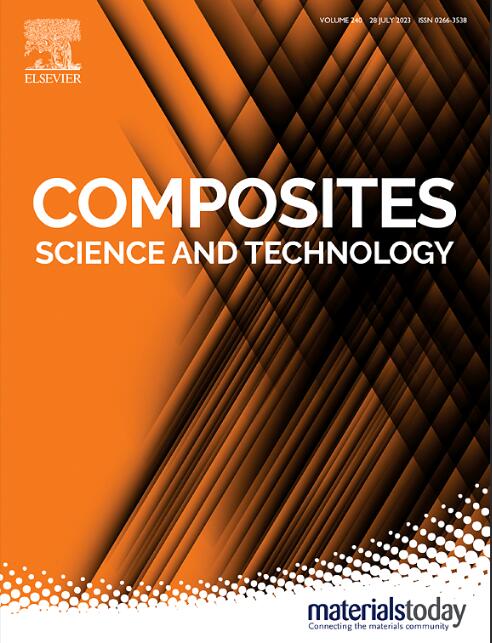Numerical simulation of heat transfer of highly filled composites with spherical alumina fillers
IF 8.3
1区 材料科学
Q1 MATERIALS SCIENCE, COMPOSITES
引用次数: 0
Abstract
By employing the molecular dynamics based Modified Sequential Absorption (MSA) algorithm, the 3D models containing high volume fraction spherical fillers (up to 62.41 vol%) were established for simulating the thermal performances of the composites. The formation probability of thermal conductive pathway inside the material was quantitatively characterized by the particle contact probability, where the effective contact was determined by a dimensionless comprehensive influencing parameter. Then, the effects of volume fraction, contact situation between fillers, interfacial thermal resistance, and the binary filling scheme on thermal conductivity of the composite material were investigated. Increasing the volume fraction can remarkably improve the thermal conductivity of composite materials. However, improvement of filler-filler contact and the filler-matrix contact shows less profit. The optimal proportion of small particles in the binary mixtures shows consistency at different volume fractions and the thermal conductivity of the composites steadily increases with the increase of the diameter ratio of two-sized fillers. This work is beneficial to understand the thermal conductive mechanism and guide the performance optimization of composites.

求助全文
约1分钟内获得全文
求助全文
来源期刊

Composites Science and Technology
工程技术-材料科学:复合
CiteScore
16.20
自引率
9.90%
发文量
611
审稿时长
33 days
期刊介绍:
Composites Science and Technology publishes refereed original articles on the fundamental and applied science of engineering composites. The focus of this journal is on polymeric matrix composites with reinforcements/fillers ranging from nano- to macro-scale. CSTE encourages manuscripts reporting unique, innovative contributions to the physics, chemistry, materials science and applied mechanics aspects of advanced composites.
Besides traditional fiber reinforced composites, novel composites with significant potential for engineering applications are encouraged.
 求助内容:
求助内容: 应助结果提醒方式:
应助结果提醒方式:


